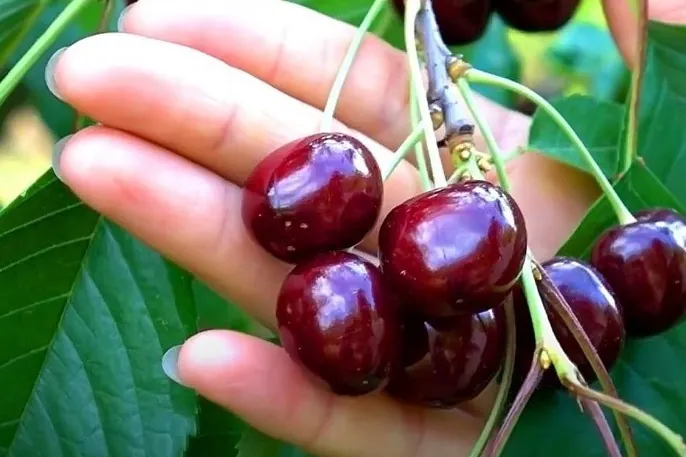The applications of growth regulators and the strategies adopted in their management represent one of the main factors employed in fruit production in Moldova. This country is characterized by a continental climate, which is made milder by the proximity of the Black Sea.
This creates favorable conditions for fruit production, although there are potentially critical aspects such as late spring frosts and summer heat, which frequently compromise the yield.
The purpose of the research conducted at Technical University of Moldova was to study possible techniques to increase the cold tolerance of cherry plants. This is necessary because the cold resistance of the floral organs decreases as the vegetative part grows.
It follows that if it were possible to lower the freezing point of the floral organs of the plants and, at the same time, to increase the vegetative development of the plants in spring, the chances of having a good harvest would be greater.
Study area and methodology
The study was conducted in the Criuleni district, which is located in the central region of Moldova. The cherry orchard considered was composed of the cultivars Skeena, Lapins, and Black Star, all grafted onto MaxMa 14.
In 2014, the trees were planted with a spacing of 5 meters by 3 meters. The researchers examined both the growth regulator paclobutrazol and the antifreeze product Cropaid NPA. These products were applied to the soil around the trunk of the tree.
The experiment was designed to test different concentrations and combinations of the products, as follows: 1: Control, which was not treated; 2: Application of the growth regulator paclobutrazol (2 ml/tree), during the vegetative rest phase; 3: Application of the Cropaid NPA preparation two days before frost; 4: Application of the growth regulators paclobutrazol (2 ml/tree) during the vegetative rest phase in addition to the Cropaid NPA preparation (5 l/ha).
The results showed that in all three tested varieties, 70–80 percent of the floral buds located between 1 and 2 meters from the ground level had developed healthily and properly.
Results and effectiveness
Furthermore, the photosynthetic capacity of the cherry tree was increased by the application of paclobutrazol and Cropaid NPA. This was achieved through the increase of leaf surface area by two to four percent (25 to 30,000 square meters per hectare) and the concentration of pigments in the leaves.
From a practical point of view, the plants have proven to be better able to withstand biotic and abiotic adversities thanks to thicker and healthier leaves.
In 2022, the application of Cropaid NPA at a dose of 5 liters per hectare and paclobutrazol at a dose of 2 milliliters per tree during the vegetative rest period protected the crop from late spring frosts, controlling the growth rate of the buds.
Consequently, the fruit production was 16.5 tons per hectare for the Lapins variety and 18.5 tons per hectare for the Skeena variety.
Source: BUZĂ, Corneliu, RUSSU, Stanislav, TALPALARU, Dumitru. The effect of growth regulators on the growth and fruiting of cherry varieties. In: Natural sciences in the dialogue of generations, Ed. 7, 12-13 septembrie 2024, Chişinău. Chişinău: Centrul Editorial-Poligrafic al Universităţii de Stat din Moldova, 2024, Ediția 7, p. 138. ISBN 978-9975-62-756-6.
Image source: SL Fruit Service
Melissa Venturi
University of Bologna (ITA)
Cherry Times - All rights reserved












